Pop quiz: What’s the first thing you read when you look at a piece of content on social media?
Think you know it? The answer is the headline.
The headline is the first thing you will read on any piece of content, and it will be the deciding factor whether or not you continue reading.
In this post, I’ll teach you techniques to writing memorable headlines your audience cannot resist.
Are you ready!? Let’s take a look.
Why Spend Time Writing Good Headlines?
No matter how fantastic, informative, and downright awesome the content you wrote is, none of that will matter if you don’t have a good headline. You know that saying “Don’t judge a book by it’s cover?” Let’s be honest, we all look at the book cover to decide if we want to read it or not. The same goes for headlines.
If you don’t have a headline that gives an overview or benefit of the content, no one is going to click on it. When writing a headline you have to ask yourself, “What’s in it for my readers?” Would you click on a piece of content with that headline? If the answer is no, then you need to spend some time crafting a better one.
Need a Few Tools for Writing Better Social Media Headlines?
Start writing better headlines, optimized for social media. Download these three free templates:
- A tear sheet of emotional power words that encourage clicks and shares.
- A Social Media Headline A/B Test Template to help you optimize your headlines using our Headline Analyzer Studio.
- A Catchy Blog Title sheet with 500 power + emotion words, plus 100 headline writing templates to hone your craft.
How To Write An Effective Headline That Connects With Your Audience
The headline accounts for up to 50% of your blog post’s effectiveness. You’re overall goal for writing a headline is to get someone to click on it. In order for someone to click on it, they have to connect with the headline in someway.
There are several different headline categories, such as:
- Question
- Benefit
- How-To
- List Post
- Generic
Let’s take a deeper look into these 5 types of headlines.
1. Question
A question headline is exactly how it sounds; it asks a question.
This question has to relate to the content it’s linked to. If you wrote about Facebook engagement, then your question headline would sound something like “Are You Struggling To Engage With Your Facebook Audience?” The person reading this will make the connection that they need help with Facebook engagement and click on the link to find the answer.

The goal of a question headline is to leave the reading wondering the answer. Be careful when using question headlines. At least tease the answer to the question in your introduction to keep readers interested.
2. Benefit
A benefit headline offers a quick snippet of what the reader will obtain after reading the content.
The benefit headline has to give the reader (you guessed it) a benefit. If you wrote about email marketing, then your benefit headline would sound something like “15 Tactics For Increasing Your Email Subscribers by 137%.” The person reading this will know that after reading this post they can increase their email subscribers.
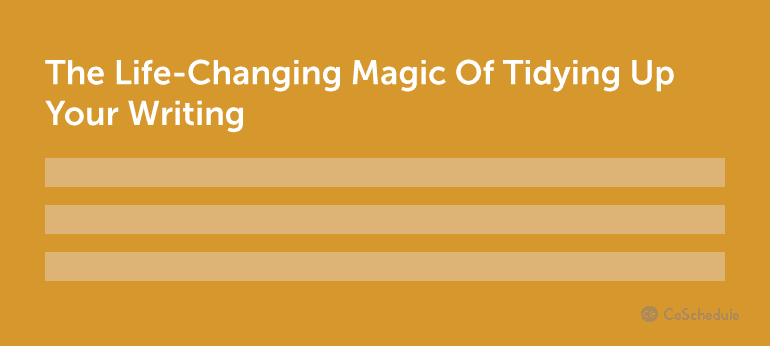
Studies have shown that headlines with numbers tend to generate 73% more social shares and engagement. The higher the number, the higher the engagement. Would you rather read a post that has 5 ways to increase Facebook engagement, or 21 ways? Studies also found that using odd numbers have a higher chance of engagement compared to even numbers.
3. How To
A how-to headline offers the reader actionable steps to do something better.
The how-to headline has to provide insights to what the ‘how to’ is. If you wrote a post about Instagram followers, then your how to headline would sound something like “How To Skyrocket Your Instagram Followers With These 15 Tactics.” The person reading this can connect that they need more Instagram followers, and this post will help skyrocket that.
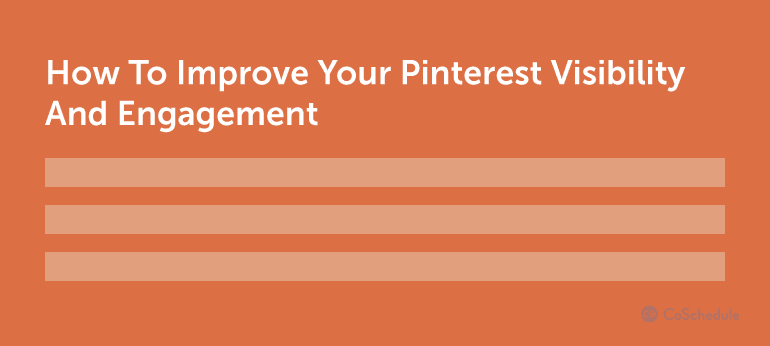
You’ve probably seen a lot of “how to” headlines. That’s because… well, they work. When your audience searches for information, it could be because they want to know how to do something better. That’s where you can step in and provide helpful content to position your business as a source of relevant and useful information.
4. List Post
A list post headline provides a round-up of content or information around a given topic.
The list post headline has to include a piece from the content it’s linked to. If you wrote a post about marketing calendars, then your headline would sound something like “10 Steps To Fill Your Marketing Calendar With Brilliant Ideas.”

There are different ways to write a list post:
- 10 Ways …
- 10 Things …
- 10 Steps …
- 10 Tips …
- Top 10 Most …
- Top 10 Reasons …
- The #1 Reason …
List posts work and the possibilities are endless. BuzzSumo teamed up with OkDork to share data that basically says list posts get the most social shares after infographics. These headlines give your readers the chance to skim your subheads to see if they’d like to dive in further.
5. Generic
A generic headline is well … generic. This is something you don’t want. You don’t want to have a headline that’s already been written by 10 other people. Even if you are covering the same topic, your headline should be unique and provide an emotional connection with your audience.
A generic headline looks something like “Write Better Headlines Today.” How are you going to write better headlines? This approach offers no inside look at what the reader can expect by clicking.
Avoid generic headlines whenever you can. List post, how to, benefit and question headlines have a better opportunity to get social shares, traffic, and overall SEO value.
Good vs. Bad Headlines for Social Media
Now that we know what kind of headlines work, you’re ready to start writing headlines!
Okay…not quite yet. Keep in mind the headline you’re writing is something that you would be interested in. If you won’t click it, no one else will. Here’s some examples of good vs. bad headlines:
- How To Write Good Headlines. (Bad! Provides no benefit or inside look.)
- How To Write Headlines That Drive Traffic, Shares, And Search Results. (Good! Provides the reader with a benefit.)
- Do You Know How To Write Good Headlines? (Bad! Very vague, close-ended question.)
- Are You Struggling To Write Memorable Headlines? (Good! Connects with the audience.)
This headline from Social Media Examiner tells the reader exactly what to expect when clicking on the post. A perfect example of a “how to” headline. Remember to always provide the best benefit and ask the right question! Avoid boring, vague headlines.
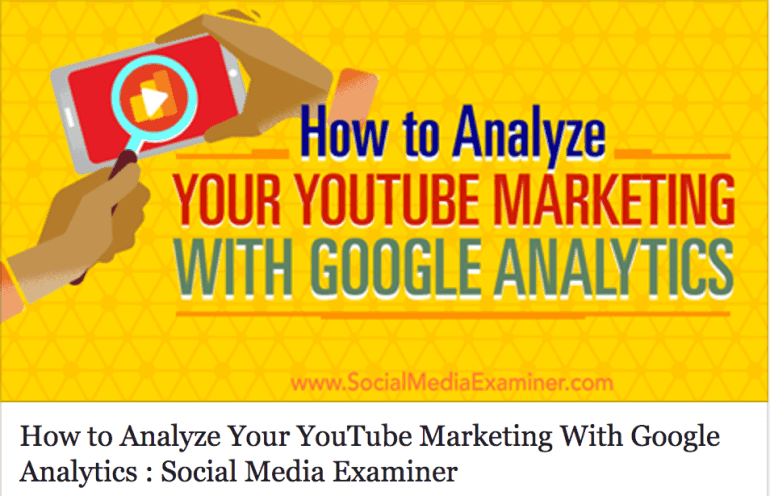
This headline below is vague and doesn’t tell the reader what they will be reading about. Is a “how to” guide? Is it going to show examples of user-friendly design? Do I connect with this headline?

A generic and vague headline is something to avoid along with clickbait headlines. Clickbait headlines are manipulative and deceiving. You want to write a headline to connect with your audience, not just to increase your page views. A clickbait headline looks something like “When You Read These 19 Shocking Food Facts, You’ll Never Want To Eat Again.”
I know that headline sounds ridiculous, but it’s really out there.
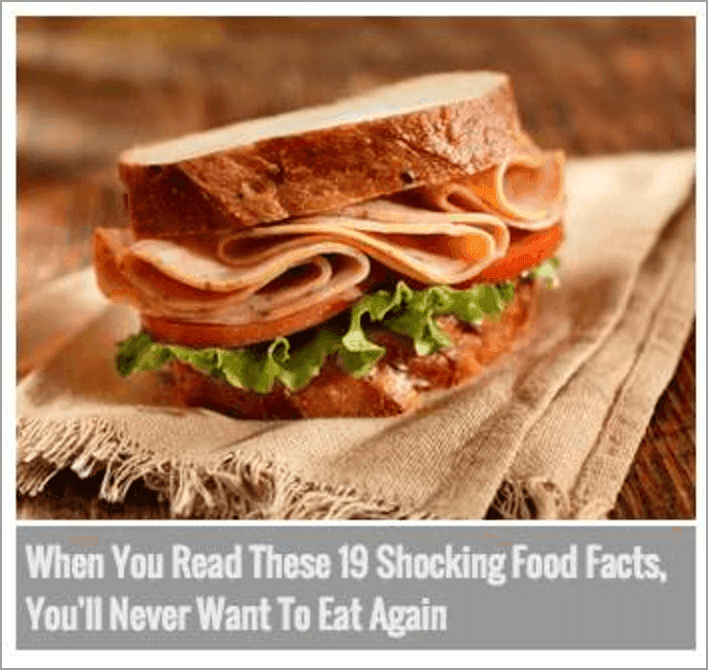
Bottom line, avoid clickbait and generic headlines at all costs. Instead, opt for a headline that will connect with your audience on an emotional level. The best way to do this, is to choose your words wisely.
Use The Right Words In Headlines
I keep talking about making an emotional connection with your audience, but what does that mean? Emotional words in your headlines entice your audience to click through to read your post. And once they’re reading your posts with emotional headlines, your readers are more likely to share them.
You have a good headline if 10–15% of the words in your headline are emotional.
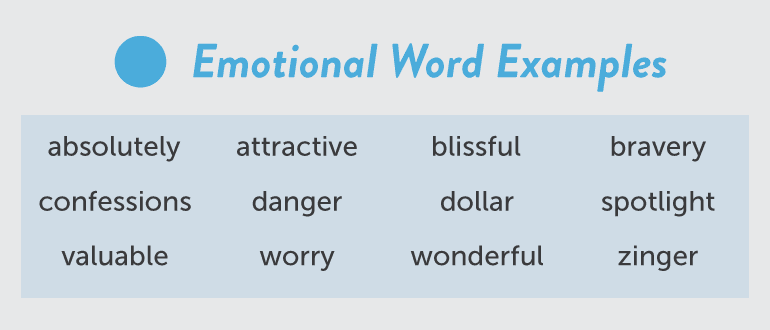
Like emotional words, power words are usually phrases that are well-known for inciting action. Power words are uniquely different than emotional words because they are a bit out of the ordinary.
These words inspire an emotion or call to action without a lot of context. Power words are typically rarely used words or phrases that almost guarantee some clicks through to your blog posts.
Great headlines have at least one power word in them.
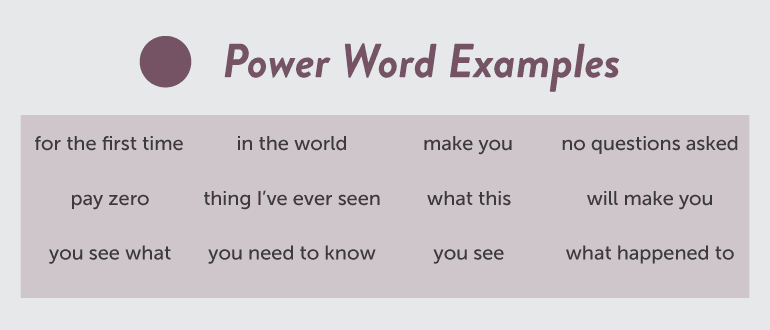
Along with using the right words and making an emotional connection with you’re audience, you also want to incorporate the 4 U’s:
- Your headline should be unique.
- Your headline should be ultra-specific.
- Your headline should convey a sense of urgency.
- Your headline should be useful.
Write Headlines That Drive Traffic, Shares, And Search Results
Writing headlines is an important part of writing content, but it can be tedious and time-consuming. We created our Headline Analyzer Studio to make writing headlines fun again.
With the Headline Analyzer Studio from CoSchedule, it’s as simple as 1-2-3.
- Type your headline into the text box.

2. Click Analyze Now.
3. Get your headline score.
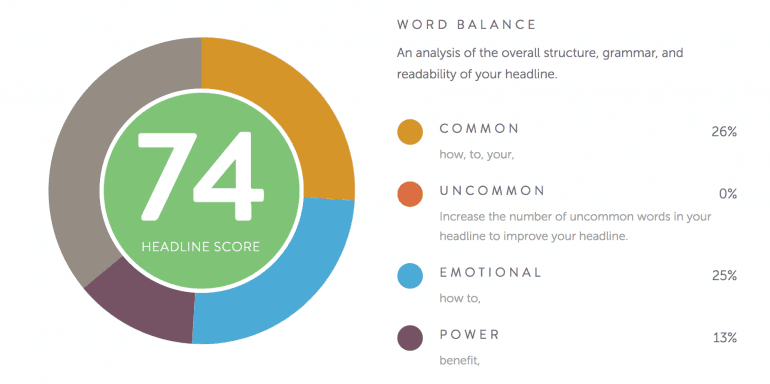
The Headline Analyzer Studio will score your headline based on the types of words you use (common, uncommon, emotional, power), grammar, and readability. The analyzer will also provide feedback about what you can change and improve.

The main score you receive is based on a scale from 0-100. Your “number” to shoot for is anything above a score of 70.
Anything above 70 will appear in green (green is good!). Anything between 60-69 will appear in yellow and anything below 60 will appear in red.
You can also view your headline history, to make sure you are improving your headline each time.
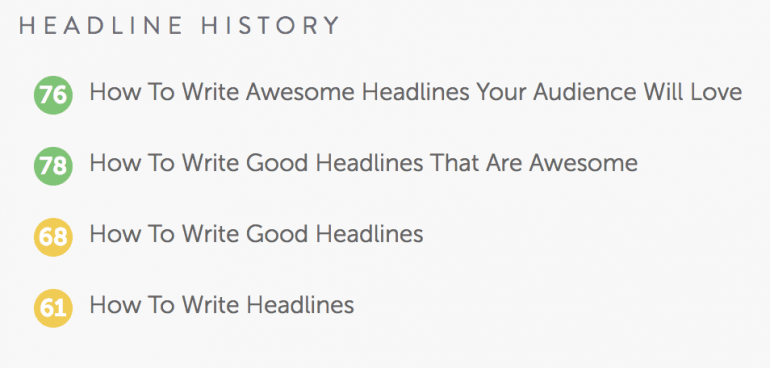
Start Writing Memorable Headlines Today
Now it’s your turn to start writing headlines your audience will remember! Get more engagement, shares, and traffic back to your blog posts with emotional headlines that relate to your audience.
You’re just a click away from using the #1 headline analyzer. Can you get a score above 70?

P.S. Did you know our Headline Analyzer Studio is also built directly into CoSchedule? Get started free.
